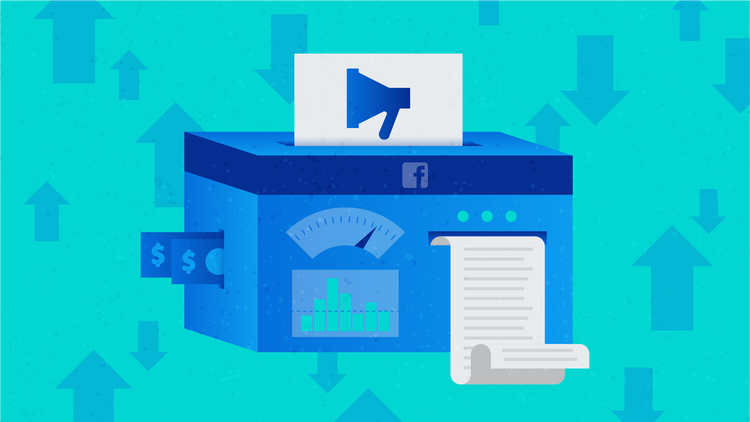Facebook Advertising Tips: 3 Important Metrics to Monitor

In the previous articles about how to create stellar Facebook ads and leverage custom audiences, social media marketing expert Mari Smith walked us through the Facebook advertising basics everyone should know. This time, she’s offering her tips on how to determine if they worked using Facebook’s extensive analytics tool. Take it away, Mari!
When it comes to measuring your Facebook advertising success, there are a lot of numbers you can look at. That in itself becomes a management task. To keep you on track without spending all kinds of time, these are the three most important Facebook metrics to watch:
1. Relevance Score
This magic number is a rating from 1 to 10 based on how your audience is responding to your ad. The score is calculated after your ad receives more than 500 impressions. The higher your score, the more your target audience is responding favorably to that ad, namely via likes, comments, shares, RSVPs, signing up in the case of Lead Ads, etc.
To pay less to reach your audience, pay attention to the relevance score for your ad. Facebook determines which ads to show a person based on its relevance. If your ad is relevant to your audience, then its relevance score is higher and is more likely to be shown than other ads that target the same audience. You can also use the relevance score to test in advance which version of the ad (including message, image, or video) is most relevant.
Another use of the relevance score is to know when to refresh your ad. When your ad’s score drops, it may be telling you that your ad’s content needs to be perked up, or targeting should be changed.
2. Frequency
The Frequency metric is the average number of times your ad was shown to each person. When people see an ad too often, they start to ignore it, or worse, they get annoyed. It also costs you: when people see an ad more than 9 times, the cost per click increases 161%, according to one estimate.
Facebook recommends monitoring your frequency score when it hits between 3 to 5 at the most. Making changes to your campaign when the frequency hits 5 is a good guideline, or once per day in your Daily Unique Reach, and never allow it to exceed 10.
You can mitigate the creeping frequency issue to some extent by finding a good balance between your audience size and your budget, reacting quickly when you see the frequency reach 5, and excluding people who have already been converted. (That last part is critical and is an ad practice I see very few advertisers implementing.) Eliminating the right column ad option may also help.
3. Result rate
This metric is simply the number of results you received divided by the number of impressions. For example, say you chose the ad objective of sending people to your website and got 850 clicks / 25,000 impressions = a result rate of 3.4%.
Note that Facebook considers a result rate of anything 1.5% and above a success. You may disagree, but at least it’s a benchmark to remember.
Clearly, monitoring your ad for response based on the goal you originally set for it is important. A recent update reported that click-through rates (CTR) on Facebook ads average 0.119%. To improve on that rate for your ad when the CTR falls lower than expected, adjust your targeting and/or your content.
To adjust your targeting, consider interest- or behavior-based targeting. You can also make use of a custom or lookalike audience.
To adjust your content, consider a video or carousel ad. Run tests to see which version of your ad performs best. If your ad has a low relevance score and low CTR, it’s likely you should adjust your ad’s content.


